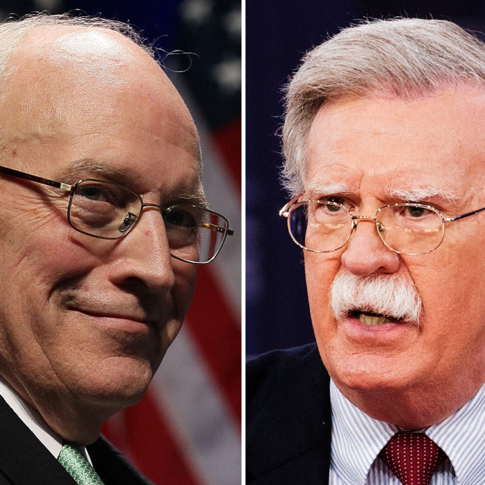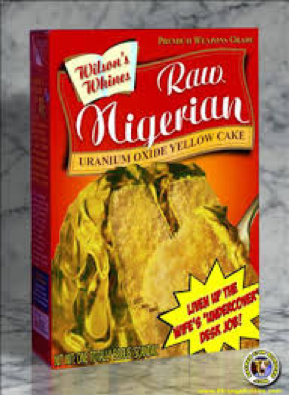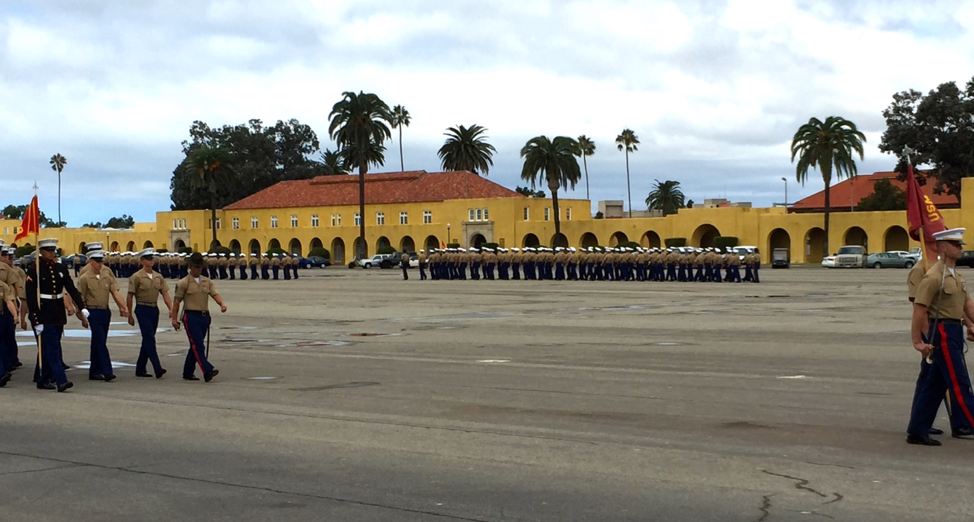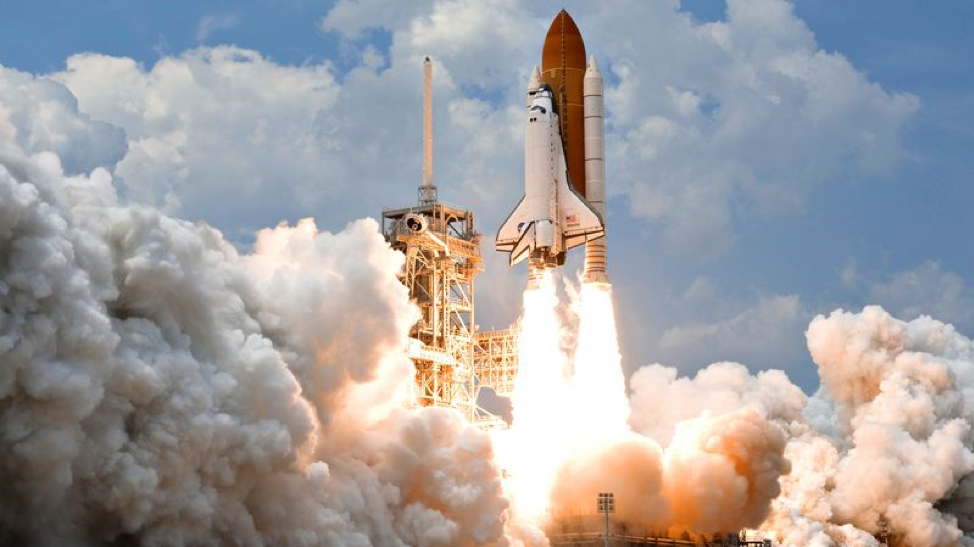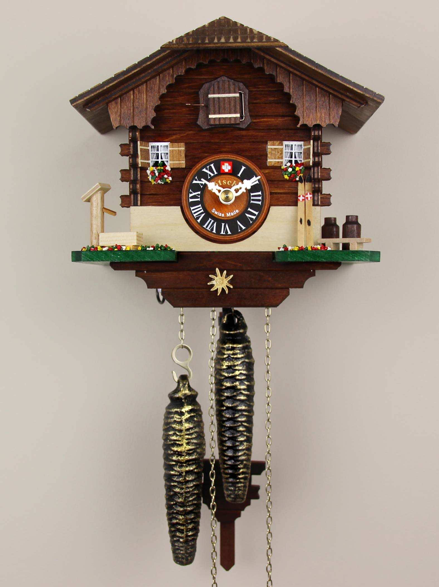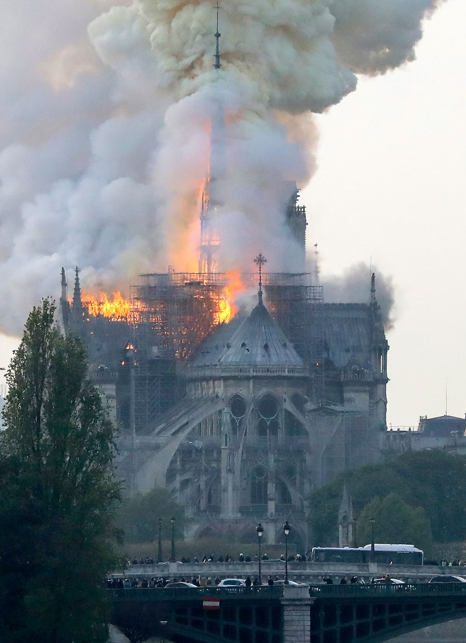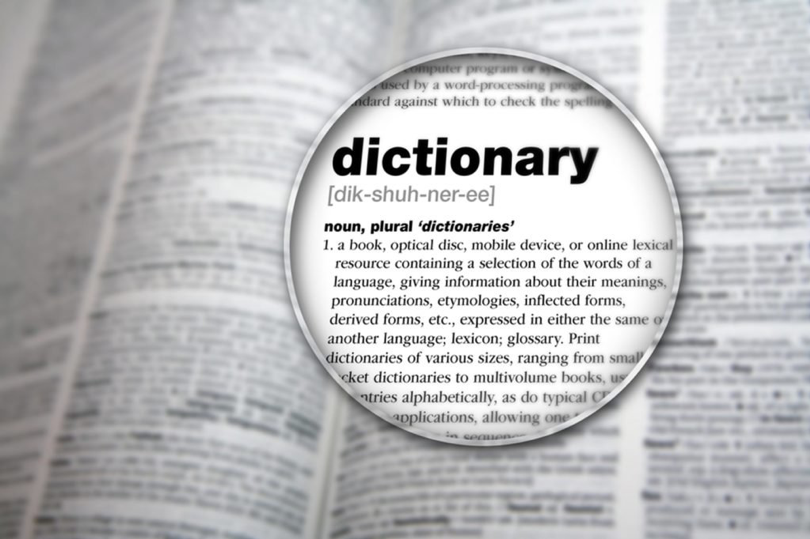
Poets use them almost as a concentrate…a few here, a few there…liberally sprinkled down the page. Of course, I’m talking about words. We all use them, but they are the hammer and nails of a writers toolkit. Some use them masterfully, and I’m in awe of the great ones, particularly poets. They set a high bar by showing us how with economy and precision we can all become better communicators. Poets teach us to be miserly, to condense, and concentrate our thoughts in order to clarify and intensify our meaning.
David Foster Wallace, the novelist and essayist, is one of the best American writers in recent memory. The tragically flawed author of Infinite Jest loved words. In the back of his book of essays, Both Flesh and Not, are pages of vocabulary – listed but not defined. Whenever he ran across a word he didn’t know or whose meaning escaped him he wrote it down, to better absorb its meaning, imprint it in memory, and incorporate it into his prose.
Writers are obsessed with words. They matter. They are the building blocks of their craft. Journalists are are a subset of writers constrained by deadlines. Time is a luxury poets and fiction writers enjoy, but it’s not vouchsafed to journalists. Deadlines and on-your-feet responses dictate a different vocabulary. Time is of the essence. Political journalism, in the era of Trump, has become a blood sport. Fox News vs. CNN. It’s like speed dating. The sheer volume of Breaking News dictates it. As a consequence, journalists are digging deep for new words, phrases, metaphors, similes, and taglines to invest their stories with freshness. Today’s story is stale in 24 hours. As a consequence, I decided to write my own up to date news release using a political reporter’s vocabulary of the moment. Trust me; there will be something new in the next news cycle.
____
With all the Breaking News I thought it would be important to know Attorney General Barr’s endgame, so, trying not to put my thumb on the scale or get ahead of my skis, I asked a lawyer friend if we were confronting a constitutional crisis or if there was predication for the AG’s action. I told him that with all the memes and tropes flying around and the Russians trolling, the rest of us were breathlessly marinating in Fake News concerning white privilege, white supremacy, and shithole countries full of non-binary individuals and Antifa provocateurs, I was confused. He assured me I had nothing to worry about; there were adults in the room and guardrails definitely baked-in, so despite the culture wars and identity politics, AG Barr was convinced Deputy AG Rod Rosenstein could land the plane and deliver the goods safely if everyone stayed in their lane.
I hope he’s right. With subpoenas flying and Donald Trump living rent free in Hillary’s brain I began to worry that there were Trump avatars lurking behind every porn star and tabloid entrepreneur, that perhaps there actually had been a foiled coup d’état but we would never really know because the unredacted Mueller Report was reportedly a hoax and a witch hunt perpetrated by James Comey, Michael Cohen, and other rats, flippers, and snitches. I just wish someone could explain the difference between a conspiracy, collusion, obstruction, surveillance, spying and opposition research. If they could I’m sure everything would be perfectly clear.
_____
“Writing is a form of therapy; sometimes I wonder how all those who do not write, compose, or paint can manage to escape the madness, melancholia, the panic and fear which is inherent in a human situation.”
Graham Greene








